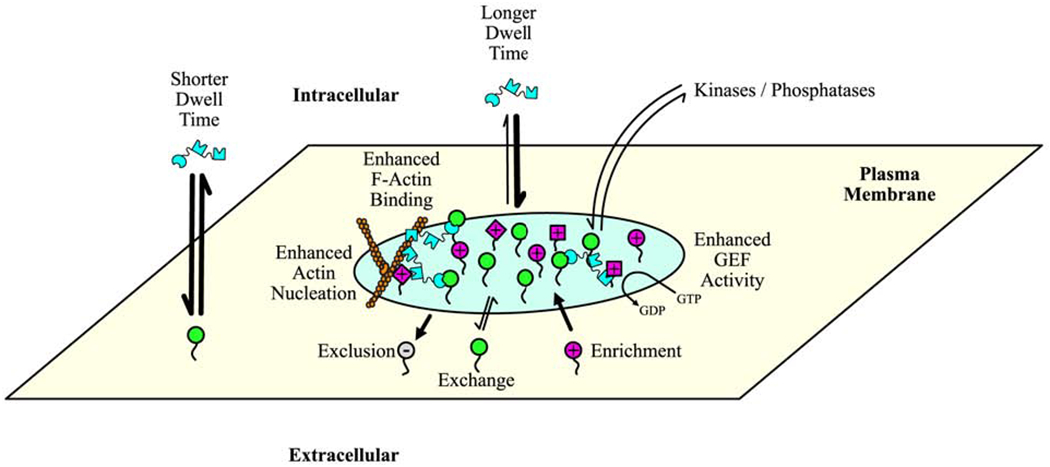Figure 3. Composition and molecular-level functions of PM-associated condensates.

In this illustration, the condensate (light green) is composed of membrane-associated (green) and soluble (cyan) core proteins, as well as several client proteins (magenta, different shapes represent different proteins) [8,9]. Core proteins can freely exchange with the surrounding membrane or solution. Because of enhanced rebinding, exchange of soluble components is slower in the condensate, which results in increased dwell times when compared to exchange outside of the condensate (rate represented by arrow width). Increased dwell time enhances various functions, such as actin polymerization (illustrated on left side of condensate) and exchange of GTP for GDP on GTPases (illustrated on right side of condensate) [8,9]. Enhanced rebinding also increases the collective binding affinity of condensate components to cytoskeletal structures, such as actin filaments (illustrated on top-left side of condensate) [6]. Condensates can also exclude molecules (gray, (−) in circle on membrane protein) or enrich molecules (magenta, (+) in circle on membrane protein). In some instances, exclusion and enrichment are based on electrostatic repulsion and attraction, respectively [11], while in other instances the mechanism is yet to defined [27]. Other potential drivers of exclusion or enrichment include size and hydrophobicity.
